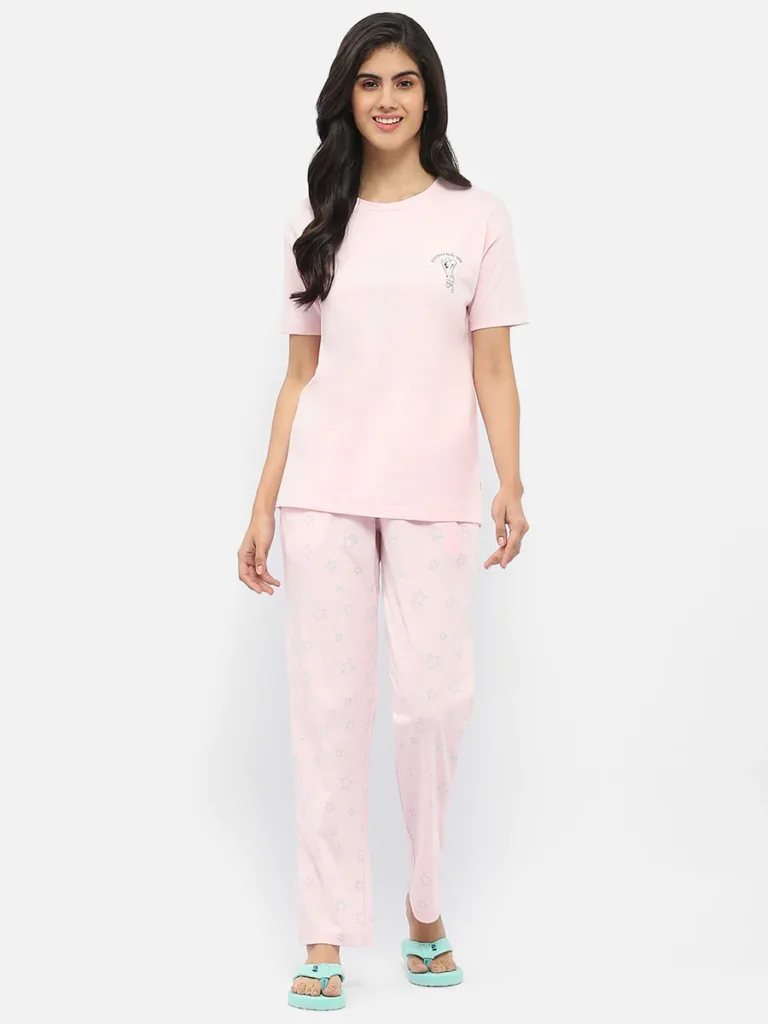Soccer is a game of precision, agility, and endurance, demanding peak performance from every player on the field. For those with foot issues or seeking enhanced comfort, orthotics in soccer cleats can be a game-changer. In this guide, we’ll explore the best tips for using orthotics in soccer cleats, ensuring you stay at the top of your game while keeping your feet happy and healthy.
Understanding Orthotics in Soccer Cleats
Orthotics are specialized inserts designed to provide support, cushioning, and alignment correction for the feet. When used in soccer cleats, orthotics can help address common foot issues such as flat feet, plantar fasciitis, and overpronation, allowing players to perform at their best without discomfort or pain. Understanding the role of orthotics in soccer cleats is the first step toward maximizing their benefits on the field.
Choosing the Right Orthotics
When selecting orthotics for soccer cleats, consider the following factors:
- Foot Type: Determine your foot type (neutral, flat, high arch) to choose orthotics that provide the appropriate level of support and alignment correction.
- Material: Orthotics come in various materials, including foam, gel, and custom-made options. Choose a material that offers the right balance of cushioning and support for your needs.
- Size and Fit: Ensure the orthotics fit comfortably inside your soccer cleats without causing crowding or slippage. Many orthotics can be trimmed to size for a customized fit.
Breaking Them In
Like new soccer cleats, orthotics may require a breaking-in period to adapt to your feet and the shape of your cleats. Start by wearing them for short periods during practice sessions or low-intensity games, gradually increasing wear time as your feet adjust. This allows the orthotics to mold to your feet and cleats, optimizing comfort and performance on the field.
Proper Maintenance
To prolong the lifespan of your orthotics and keep them performing at their best, follow these maintenance tips:
- Clean regularly: Wipe down your orthotics with a damp cloth after each use to remove dirt and sweat buildup.
- Air out: Allow your orthotics to air out and dry completely between wears to prevent odor and bacteria growth.
- Replace when necessary: Over time, orthotics may lose their effectiveness or show signs of wear. Replace them as needed to maintain optimal support and comfort on the field.
Incorporating Orthotics into Your Training Routine
To get the most out of your orthotics, consider incorporating them into your regular training routine:
- Wear them during warm-up and cool-down exercises to provide support and cushioning for your feet.
- Use them during drills and practice sessions to familiarize yourself with how they feel in your soccer cleats.
- Gradually introduce them into game situations to ensure you feel comfortable and supported during high-intensity play.
Listening to Your Body
Above all, listen to your body when using Cleat insoles . If you experience any discomfort, pain, or unusual sensations while wearing orthotics, stop and assess the fit and feel. It may be necessary to adjust the orthotics or seek advice from a healthcare professional to ensure they’re providing the support and comfort you need on the field.
Conclusion:
In conclusion, orthotics in soccer cleats can be a valuable tool for players seeking enhanced comfort, support, and performance on the field. By choosing the right orthotics, breaking them in properly, maintaining them regularly, and incorporating them into your training routine, you can maximize their benefits and stay at the top of your game. Whether you’re a seasoned player or just starting out, don’t let foot issues hold you back – invest in orthotics for your soccer cleats and take your game to the next level.



